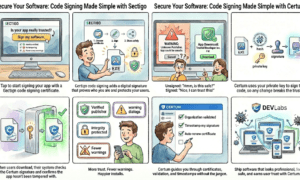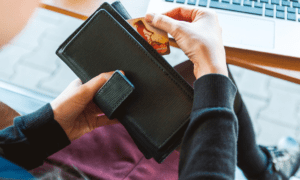The rise of DIY (Do-It-Yourself) culture has empowered countless individuals to tackle home projects on their own, often leading to immense satisfaction and cost savings. However, DIY endeavors can sometimes go awry, resulting in accidents. Here’s a guide on what to do if you encounter a mishap during your DIY project.
- Stay Calm
In the event of an accident, your first reaction might be panic. However, it’s crucial to try and remain as calm as possible. Take a few deep breaths, assess the situation, and decide on the best course of action.
- Call for Help
If the injury seems severe or life-threatening, immediately call emergency services and get urgent care. If you’re alone, try to reach a phone or shout for someone nearby. Always err on the side of caution; it’s better to overreact than underreact in emergencies.
- Address Bleeding
If there’s bleeding, press a clean cloth or bandage firmly against the wound. If the bleeding doesn’t stop or soaks through the cloth, continue adding more layers while keeping pressure.
- Avoid Moving Broken Bones
If you suspect a fracture or broken bone, try not to move the affected area. Immobilize the limb if possible and seek medical attention.
- For Burns
Run cool (not cold) water over a burn for about 10 minutes or until the pain eases. Protect the burn from further injury by covering it with a non-sticky bandage.
- Avoid Touching Foreign Objects
If you have something embedded in your body, like a splinter or shard of glass, do not remove it yourself, especially if it’s deep. Removing it can cause more damage or increase bleeding. Instead, immobilize the object if possible and head to a medical facility.
- In Case of Chemical Exposure
If you’re using chemicals and they come in contact with your skin or eyes, rinse the affected area with copious amounts of water for at least 15 minutes. If ingested, contact poison control or emergency services immediately.
- Document the Accident
Once immediate dangers are addressed, document the accident. Take photos of the scene, the injury, and any equipment involved. This can be useful for both medical and insurance purposes.
- Seek Professional Medical Evaluation
Even if you think your injury is minor, it’s wise to get a professional opinion. Some injuries may not manifest symptoms immediately and could lead to complications later on.
- Re-evaluate Safety Measures
Once you’re on the path to recovery, revisit the accident. Were there safety measures that could have prevented it? Perhaps you skipped wearing safety goggles or were working without proper ventilation. Use the incident as a learning experience to ensure safer DIY endeavors in the future.
DIY projects can be immensely rewarding, but they come with inherent risks. The best strategy is prevention: always read instructions thoroughly, use tools correctly, wear appropriate safety gear, and don’t cut corners when it comes to safety procedures.
However, accidents can still happen even with the best precautions. Knowing how to react swiftly and efficiently can make a significant difference in the outcome. Finally, always prioritize safety over completing a project. No DIY accomplishment is worth compromising personal well-being.





























